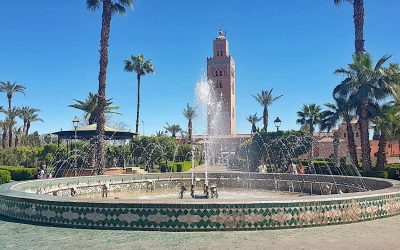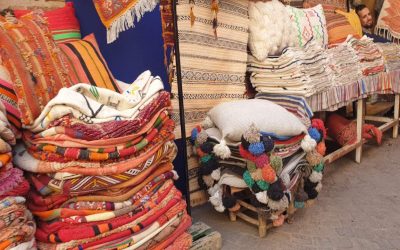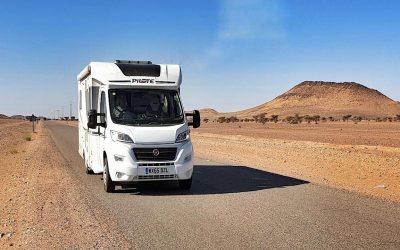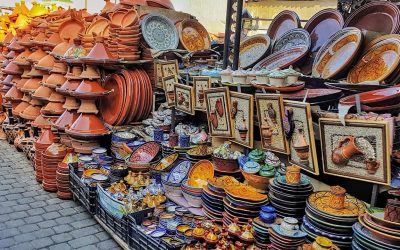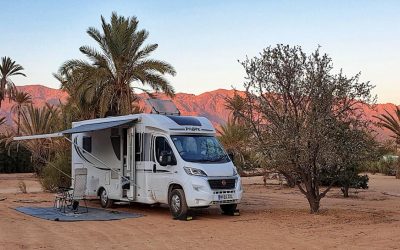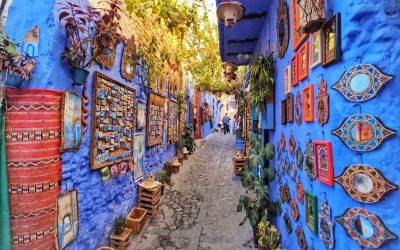Morocco's fourth largest city is a bit like marmite; people either love it or hate it. Having a Guided Tour of Marrakech will ensure that...
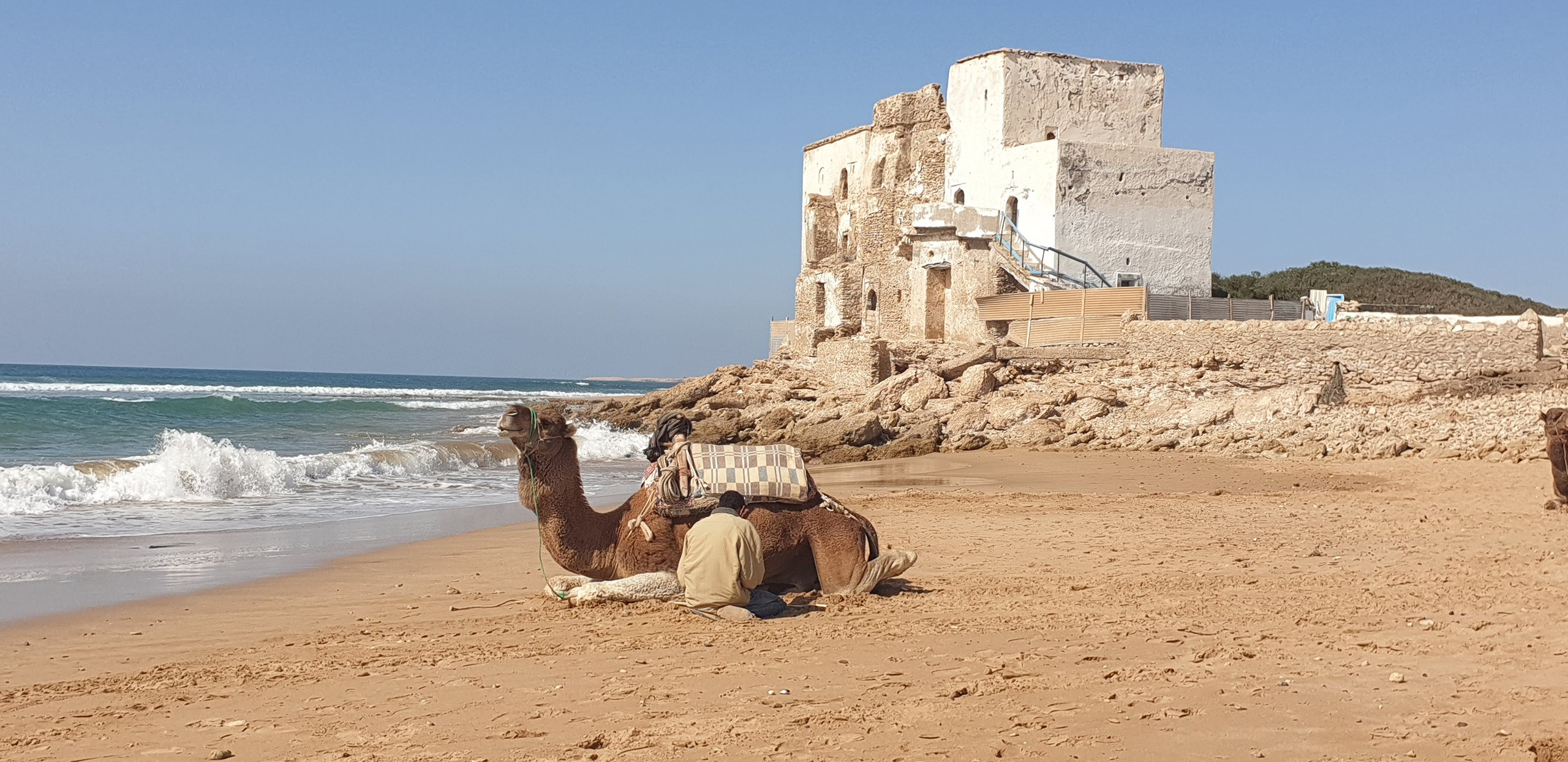
Morocco
Morocco
There are some countries that just get under our skin and into our soul. Morocco for us, is one of them. It challenges our first-world perceptions, teaches us about culture and people and implores humility. Combined with a diverse landscape and generous-hearted people Morocco is most sensory experience you will ever have, With three tours under our belt, we have come to adore this country and feel at home here. We realise that it is not everyone’s cup of tea, yet we hope these blogs, our personalised tours, our comprehensive free eBook and countless videos on our Youtube Channel will entice and give you confidence to come.
How to Safely and Assuredly Navigate a Moroccan souk
Morocco's markets are one of the most exotic, frenetic and sensory experiences you could possibly encounter. Knowing how to safely and...
Morocco – An Epic Journey that unveils its Desert Landscape
Dispelling desert myths - Did you know? Before I pour my love affair of the desert upon this page, I thought I would share some...
The Sahara Desert; the most spiritual place on earth.
I realise the title to this blog might be controversial and certainly not agreed with by everyone, although this is how it is for me. The...
5 Reasons to visit artisan souks in Morocco.
One of the things we love about travel is the chance to integrate into a community, to rub shoulders with the locals. Whilst doing...
Erg Chebbi v Erg Chiggaga deserts
Is the Sahara worth the journey at all? A resounding yes. The desert is one of the most unique landscapes you will ever witness. Imagine...
Touring Morocco by Motorhome
Touring Morocco by Motorhome If you’re new to this north African beauty, the thought of touring Morocco by motorhome with its unfamiliar...
A Journey Through Morocco – in Pictures
We were so inspired by Morocco; its landscape, people's spirits and culture that it brought my imagination alive and my camera's heart...
Travelling to Morocco by Motorhome
In this Travelling to Morocco by Motorhome post, we take an in-depth look at everything to do with bringing your motorhome to and touring...
Follow us
You can find us on social media,
different channels for different content.

